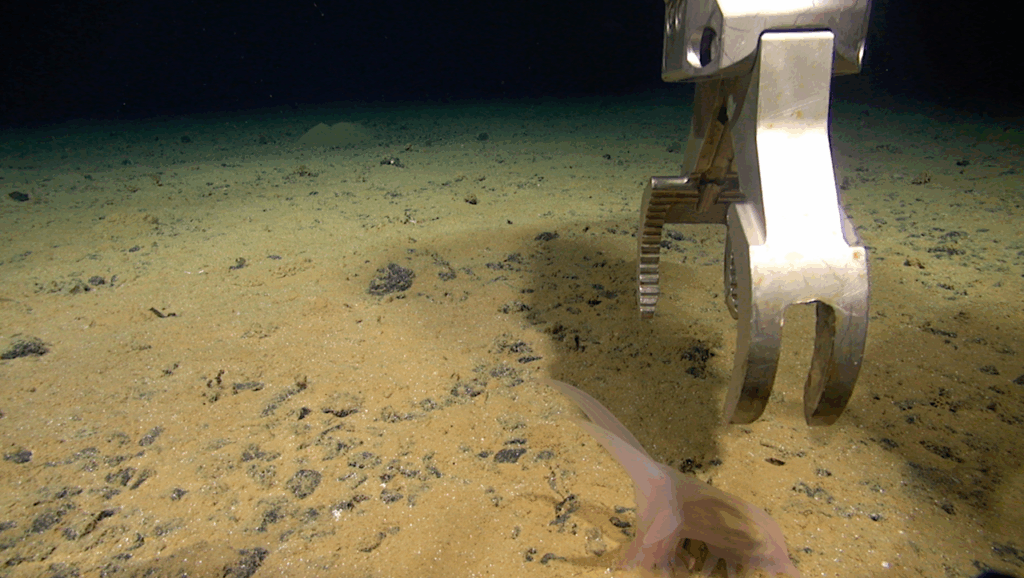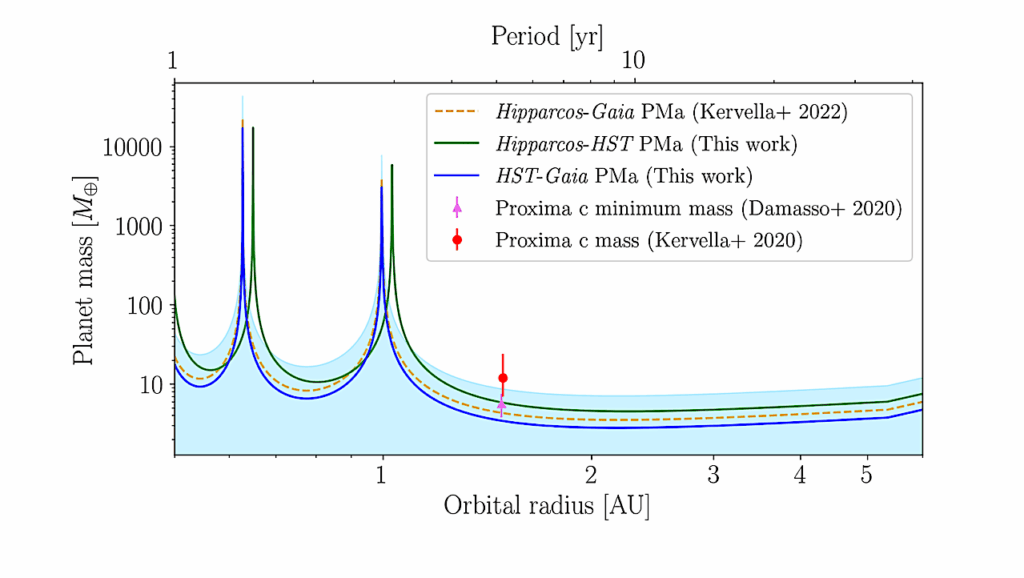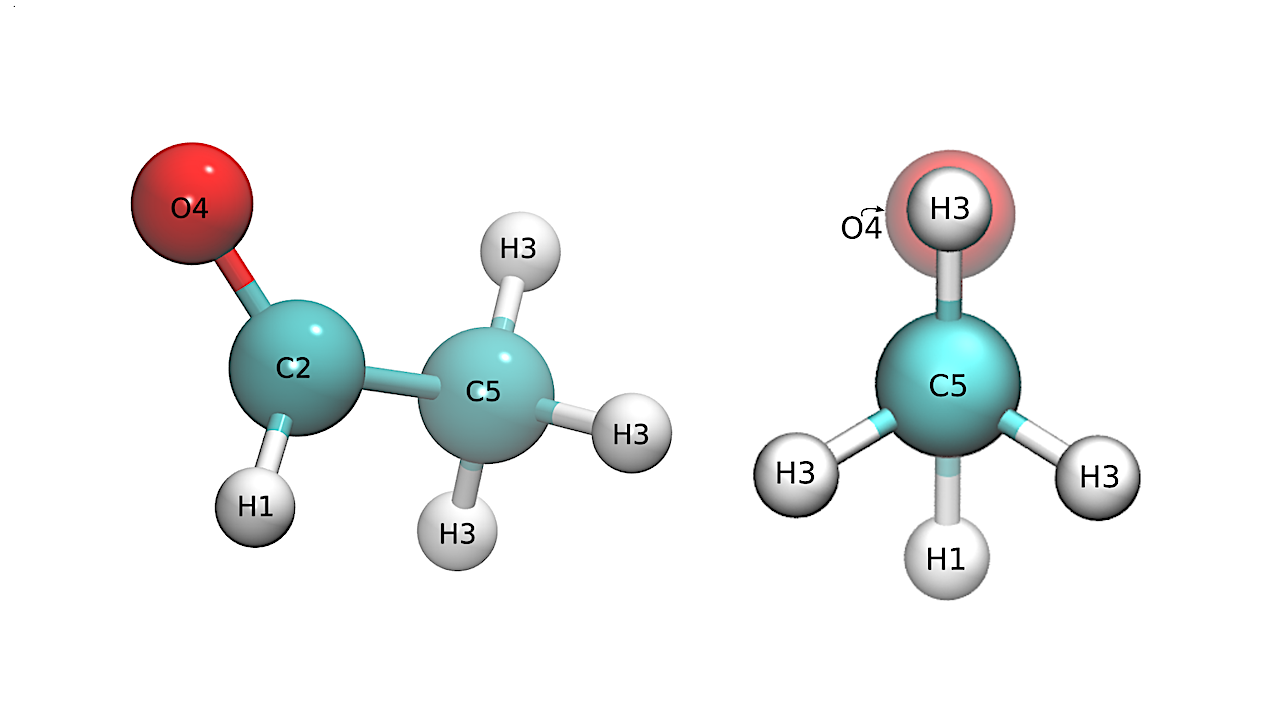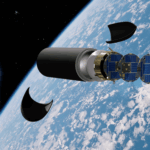Now Reading: Stellar Contamination Correction Using Back-to-Back Transits of TRAPPIST-1 b and c
-
01
Stellar Contamination Correction Using Back-to-Back Transits of TRAPPIST-1 b and c
Stellar Contamination Correction Using Back-to-Back Transits of TRAPPIST-1 b and c
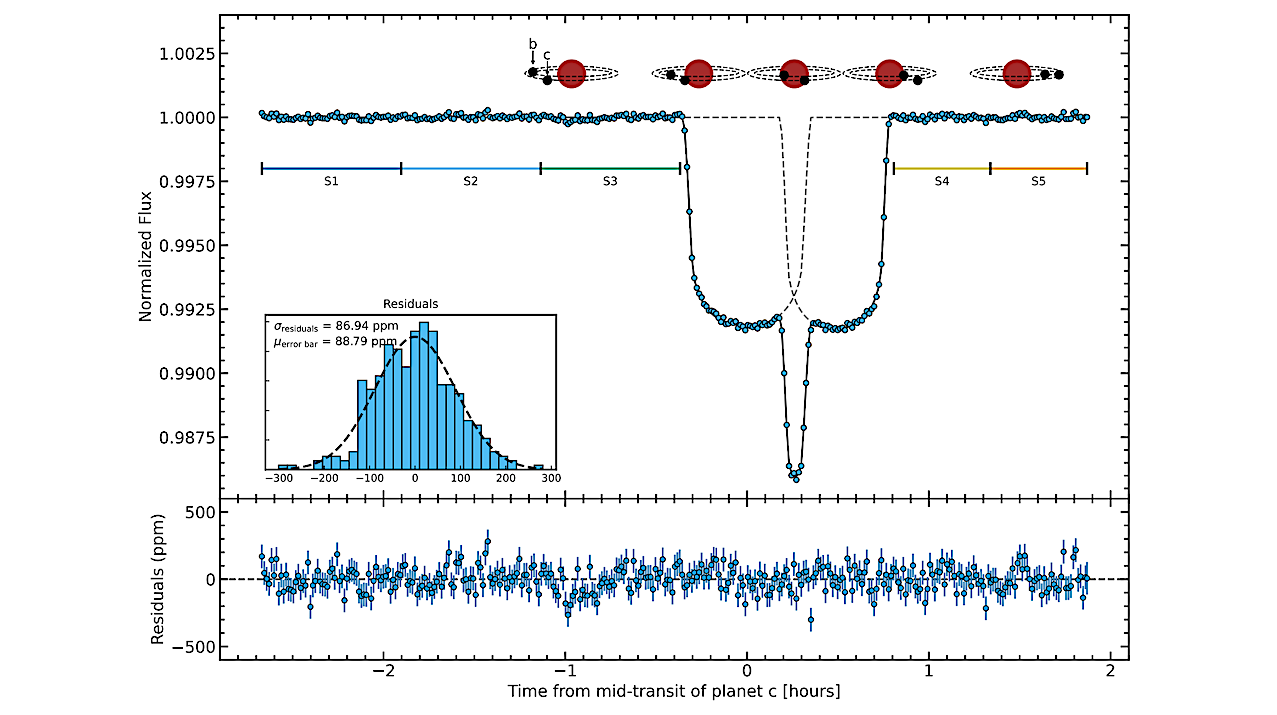

Normalized white light curves of TRAPPIST-1 c and TRAPPIST-1 b observed with JWST/NIRSpec PRISM during their quasi-simultaneous transits on July 9, 2024. Top panel: A schematic of the geometry of the quasi-simultaneous transits is displayed at the top. The blue circles represent the data points after removing the systematics model (a combination of a linear slope and a Gaussian Process, see Section 3.2). The solid black line indicates the fitted transit model. The data have been binned in time from the original 10,208 integrations to the 341 points shown here to accommodate the computation of the Gaussian Process systematics model. Horizontal lines labeled S1 through S5 mark the time bins used in the out-of-transit stellar analysis (see Section 3.1). The inset displays a histogram of the residuals after subtracting the combined transit and systematics model, compared to a Gaussian distribution with a standard deviation equal to the mean measurement error plus a fitted white noise term. Bottom panel: Residuals after subtracting both the transit and systematic models. — astro-ph.EP
Stellar surface heterogeneities, such as spots and faculae, often contaminate exoplanet transit spectra, hindering precise atmospheric characterization.
We demonstrate a novel, epoch-based, model-independent method to mitigate stellar contamination, applicable to multi-planet systems with at least one airless planet. We apply this method using quasi-simultaneous transits of TRAPPIST-1 b and TRAPPIST-1 c observed on July 9, 2024, with JWST NIRSpec PRISM.
These two planets, with nearly identical radii and impact parameters, are likely either bare rocks or possess thin, low-pressure atmospheres, making them ideal candidates for this technique, as variations in their transit spectra would be primarily attributed to stellar activity. Our observations reveal their transit spectra exhibit consistent features, indicating similar levels of stellar contamination. We use TRAPPIST-1 b to correct the transit spectrum of TRAPPIST-1 c, achieving a 2.5x reduction in stellar contamination at shorter wavelengths.
At longer wavelengths, lower SNR prevents clear detection of contamination or full assessment of mitigation. Still, out-of-transit analysis reveals variations across the spectrum, suggesting contamination extends into the longer wavelengths. Based on the success of the correction at shorter wavelengths, we argue that contamination is also reduced at longer wavelengths to a similar extent.
This shifts the challenge of detecting atmospheric features to a predominantly white noise issue, which can be addressed by stacking observations. This method enables epoch-specific stellar contamination corrections, allowing co-addition of planetary spectra for reliable searches of secondary atmospheres with signals of 60-250 ppm.
Additionally, we identify small-scale cold (2000 K) and warm (2600 K) regions almost uniformly distributed on TRAPPIST-1, with overall covering fractions varying by 0.1% per hour.

Transit spectra of TRAPPIST-1 b and TRAPPIST-1 c and the impact of the correction process. Top left panel: Transit spectra for TRAPPIST-1 b (blue) and TRAPPIST-1 c (orange), shown both at native pixel resolution (faded points) and binned into 0.1 µm intervals (solid points). Bottom left panel: Corrected transit spectrum of TRAPPIST-1 c (purple). The corrected spectrum was computed as the ratio of the TRAPPIST-1 c transit spectrum to the TRAPPIST-1 b transit spectrum, multiplied by the weighted mean of the TRAPPIST-1 b transit depth in the 2–5 µm range. The corrected spectrum is displayed at native pixel resolution and binned into 0.1 µm intervals. Also plotted is a reference model for a 10-bar O2-dominated outgassing atmosphere (similar to that of Lincowski et al. 2018), illustrating potential atmospheric signatures and their expected amplitude in this wavelength range. Top right panel: Allan variance plot for the 0.8–2 µm range, comparing the standard deviation of residuals before correction (orange) and after correction (purple) as a function of bin size for TRAPPIST-1 c. Dashed lines represent the expected noise reduction for uncorrelated (white) noise. Bottom right panel: Similar to the panel above it but for the 2–5 µm range. — astro-ph.EP)
Alexander D. Rathcke, Lars A. Buchhave, Julien De Wit, Benjamin V. Rackham, Prune C. August, Hannah Diamond-Lowe, João M. Mendonça, Aaron Bello-Arufe, Mercedes López-Morales, Daniel Kitzmann, Kevin Heng
Comments: Resubmitted to ApJL after addressing reviewer comments
Subjects: Earth and Planetary Astrophysics (astro-ph.EP); Instrumentation and Methods for Astrophysics (astro-ph.IM); Solar and Stellar Astrophysics (astro-ph.SR)
Cite as: arXiv:2412.16541 [astro-ph.EP] (or arXiv:2412.16541v1 [astro-ph.EP] for this version)
https://doi.org/10.48550/arXiv.2412.16541
Focus to learn more
Submission history
From: Alexander Rathcke
[v1] Sat, 21 Dec 2024 08:55:18 UTC (1,963 KB)
https://arxiv.org/abs/2412.16541
Astrobiology, Astrochemistry,
Stay Informed With the Latest & Most Important News
Previous Post
Next Post
-
 012024 in Review: Highlights from NASA in Silicon Valley
012024 in Review: Highlights from NASA in Silicon Valley -
 02Panasonic Leica Summilux DG 15mm f/1.7 ASPH review
02Panasonic Leica Summilux DG 15mm f/1.7 ASPH review -
 03From Polymerization-Enabled Folding and Assembly to Chemical Evolution: Key Processes for Emergence of Functional Polymers in the Origin of Life
03From Polymerization-Enabled Folding and Assembly to Chemical Evolution: Key Processes for Emergence of Functional Polymers in the Origin of Life -
 04How New NASA, India Earth Satellite NISAR Will See Earth
04How New NASA, India Earth Satellite NISAR Will See Earth -
 05And Thus Begins A New Year For Life On Earth
05And Thus Begins A New Year For Life On Earth -
 06Astronomy Activation Ambassadors: A New Era
06Astronomy Activation Ambassadors: A New Era -
07SpaceX launch surge helps set new global launch record in 2024













